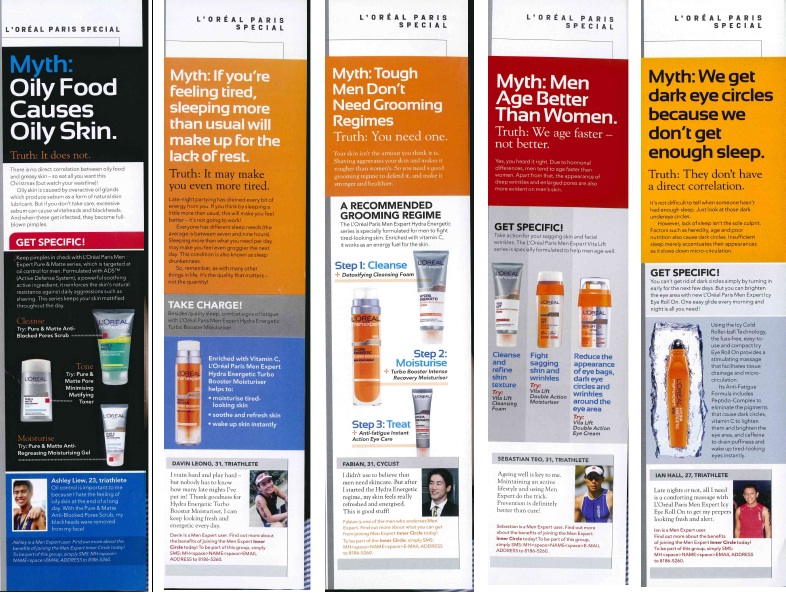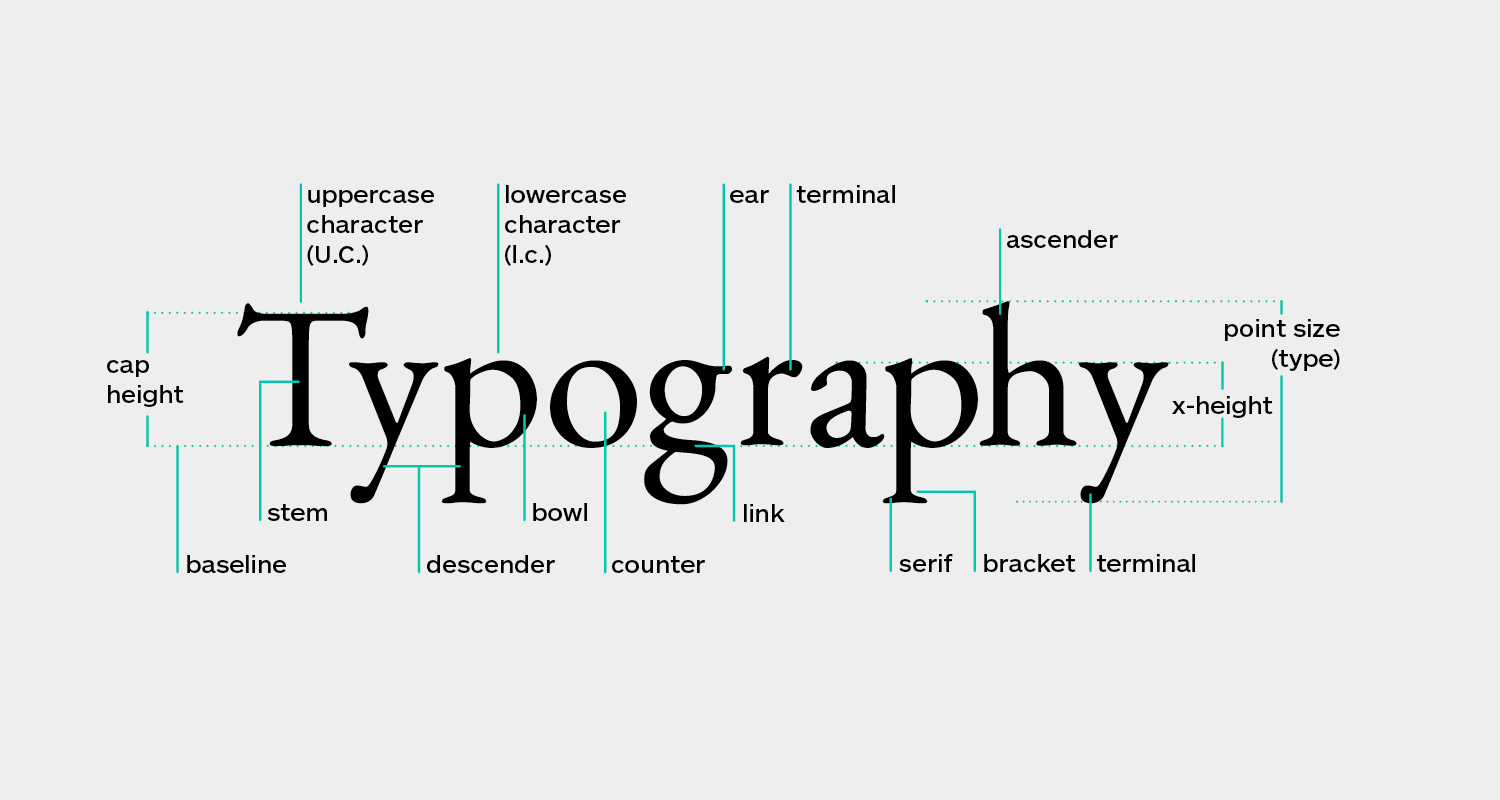
Advertorial: Advertising Disguised as Storytelling to Better Connect With Your Audience
Last update: 27 April 2023 at 12:13 pm
An advertiser sometimes uses an advertorial or advertisement. These two terms are very similar, but there are also differences.
The question, of course, is, what is the difference between an advertorial and advertising?
What is an advertorial?
Newspaper or magazine editors created the term “advertorial” in 1946. Sometimes it may even seem as though it is just an editorial piece of content.
However, an advertorial differs from regular editorial content within a newspaper or magazine that may include traditional advertisements. It is not an objective news story.
An advertorial’s main purpose is to serve as an advertisement for a brand within a piece of editorial content. Hence, advertorial = advertisement + editorial.
In today’s day and age, we can closely associate advertorial content with product placement, paid advertising, or sponsored content.
Differently from 1946, advertorials can now be both print and online publications. Companies can find articles dedicated to advertorials everywhere, whether they stick to printed publications in traditional media or invest in a digital marketing campaign that includes online magazines and websites.
An editorial?
Yes! Advertorial segments are editorials that provide in-depth information about a company’s products or services.
Unlike traditional ads, an advertorial is more natural and can be more effective. Using an advertorial successfully often requires strong writing skills.
Writing an advertorial, therefore, involves working out a text that comes across convincingly to your customers. The text will relate to your products and or services.
What is the difference between traditional ads and advertorials?
Advertisers should consider advertorials as ad space created to build brand awareness or sell their products. Although advertisers usually present advertorials as an information package, they should still consider them as ad space created to build brand awareness or sell their product.
💡 The difference between an ad and an advertorial is that the publication’s regular content separates ordinary ads from a piece of text.
👉🏾 Advertisers buy advertorials to connect with readers and promote a product or service through a story. Advertisers usually design these advertisements to appear in an editorial or news article.
An advertorial is an ad that uses a fictional editorial voice to announce a product or service. This is allowed if the word advertorial is above the ad’s text.
In both cases, however, they are both types of paid advertisement and work as a marketing technique for brands.
Ethical Concerns Around Using Advertorials
Advertorials are advertising that blurs the line between advertising and editorial content. As such, some ethical concerns arise when using advertorials in marketing.
One concern is that advertorials can be deceptive to the reader, as they may not realize they are reading a paid advertisement rather than unbiased editorial content. This can lead to a breach of trust between the publisher and the reader.

Image from BRID.tv™
Another concern is that advertorials can promote products or services that may not benefit the reader. For example, a health supplement company may use an advertorial to promote a product that has not been proven effective or safe. This can mislead readers and potentially harm their health.
Businesses and publishers must be transparent about using advertorials and clearly label them as advertisements. Advertorials should also provide accurate and truthful information about the promoted product or service.
By taking these steps, businesses can mitigate ethical concerns around using advertorials in marketing.
Advertorial examples
An example of an advertorial is a page of ads for a company that sells medical equipment through door-to-door newspapers. These are typically formatted as articles with objective information.

Consider images that seek to highlight a brand or product positively. Editorial pieces that are objective and seek to influence the general discussion are also an example.

Image from Buzzazz
As part of the online marketing effort, advertorials are also placed online. A landing page and guest blogs are often used to publish advertisements. Although they are also called promotional publications, these are not always clearly indicated to the reader.
What to pay attention to with advertorial content
If you decide to use advertorials in your marketing campaign, consider some pitfalls that may arise. The word advertorial may make you lose credibility with your target audience.

You need to ensure that the tone of voice and imagery you use to match that of the newspaper or magazine.
Focus also on the typography of the advertorial so that it resembles that of the newspaper or magazine. The idea is that readers don’t feel the publication is an advertisement or paid content.
The article must flow with the rest of the content within the magazine or newspaper.
How to solve this problem?
To avoid the above dangers, your best bet is to have advertorials created by a professional advertising agency.
An agency can help you with journalism, print, or even image advertisements to get your company in front of your target audience.
What is a good advertorial?
A good advertorial effectively communicates the benefits of a product or service to the reader while maintaining a sense of authenticity and transparency.
To create a good advertorial, it is essential to tell a compelling story that captures the reader’s attention and interests them. This can be achieved by using an engaging headline, subheadings, and images supporting the message.
The advertorial should also be well-written and informative, providing the reader with relevant details about the promoted product or service. It is essential to avoid using hyperbole or making unrealistic claims about the product or service’s benefits.
In addition, a good advertorial should be clearly labeled as an advertisement so that the reader understands that they are reading promotional content. This helps to maintain trust with the reader and ensures that they are not misled about the nature of the content.
Effective ways how to write a good advertorial
- Ideally, tell a story instead of putting a commercial in the text. This makes the reading experience more engaging and feels less like a sales pitch.
- Give people a chance to express their opinions about the service or product. This makes them feel like they are contributing to the overall experience.
- Show your product or service’s quality by telling a story based on facts and emotions.
- A well-written title and surprising headings help grab attention and make the text scannable.
- Use eye-catching passages to build momentum in your story.
- Subtly include your contact information and company name. If necessary, do this in a separate text block or frame.
Overall, a good advertorial strikes a balance between promoting the benefits of a product or service and being transparent about the fact that it is an advertisement. By achieving this balance, businesses can create effective advertorials that resonate with their target audience and drive sales.
Examples of successful advertorials
These advertorials were successful because they were well-written, informative, and engaging. They provided value to the reader while promoting a product or service and were clearly labeled as advertisements.
These businesses could effectively leverage advertorials as part of their marketing strategy by achieving this balance.
Airbnb and The New York Times

Image from New York Times
Airbnb partnered with The New York Times to create a series of advertorials highlighting unique vacation rental options available through the Airbnb platform. The advertorials were well-written and included stunning photography, making them informative and visually appealing.
American Express and The Wall Street Journal

Image from WSJ
American Express teamed up with The Wall Street Journal to create a series of advertorials focused on the benefits of using an American Express credit card. The advertorials included case studies of businesses that had used American Express and saw significant growth.
Lenovo and The New Yorker
Lenovo partnered with The New Yorker to create an advertorial series called “Think Again.” The series featured interviews with thought leaders in technology, business, and culture and highlighted how Lenovo products can help people think differently and solve complex problems.
Intel and The Atlantic
Intel collaborated with The Atlantic to create a series of advertorials that explored the intersection of technology and healthcare. The advertorials featured interviews with healthcare professionals and showcased how Intel technology is being used to improve patient outcomes.
How much does an advertorial cost?
A successful advertorial depends on the value of a website or print publication and several other factors. The cost of an advertorial depends on the reach and relevance they may have
An excellent way to measure your reach is to look at the number of people who will see your advertorial.
When determining the price, you need to consider the following things:
- The overall impression of the publication you wish to write for
- The reach you may get via social media marketing from the publication
- Page views
- Number of comments
- Number of advertorials already on the medium
- The topic of the site or print
- Who will write the advertorial
There are indeed guidelines that are a bit more precise. So it is not said that this is the only right way to calculate the price of advertorials.
Assessing the effectiveness of an advertorial campaign
Measuring an advertorial campaign’s success can involve various metrics and factors, depending on the goals and objectives of the campaign. Here are some common ways to measure the success of an advertorial campaign:
Conversion Rates
One way to measure the success of an advertorial campaign is to track the conversion rates, which is the percentage of people who take the desired action, such as purchasing a product or signing up for a service, after clicking on the advertorial.
Engagement
Another way to measure the success of an advertorial campaign is to track the level of engagement it generates, such as likes, comments, shares, and click-through rates.
Brand Awareness
Advertorials can also be used to build brand awareness, so tracking brand mentions, social media shares, and website traffic can help measure the campaign’s success in increasing brand recognition.
Return on Investment (ROI)
ROI measures how much revenue or profit the campaign generated compared to the cost of running the campaign. Calculating ROI can provide insights into the effectiveness of the advertorial campaign.
Customer Feedback
Customer feedback can provide valuable insights into the effectiveness of the advertorial campaign. Surveys, focus groups, and online reviews can all be used to gather feedback from customers about their experience with the campaign.
Ultimately, the success of an advertorial campaign will depend on its specific goals and objectives and the metrics chosen to measure its effectiveness.
Conclusion
So are you thinking about investing in advertorials for your next marketing campaign?
Remember that your goal is to provide readers with a good story…that happens to provide valuable information about your company’s product or service. Good advertorials manage to promote a brand without appearing to be an advertisement.





